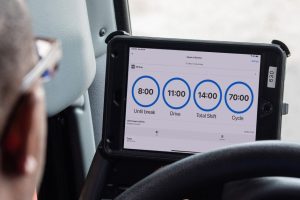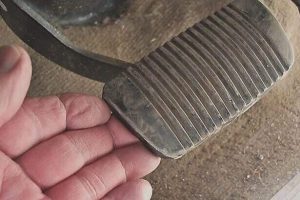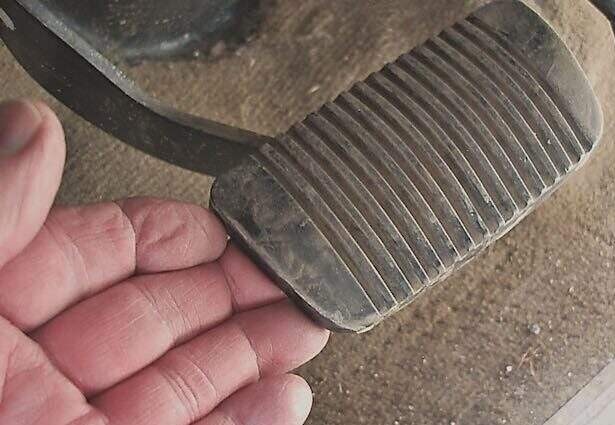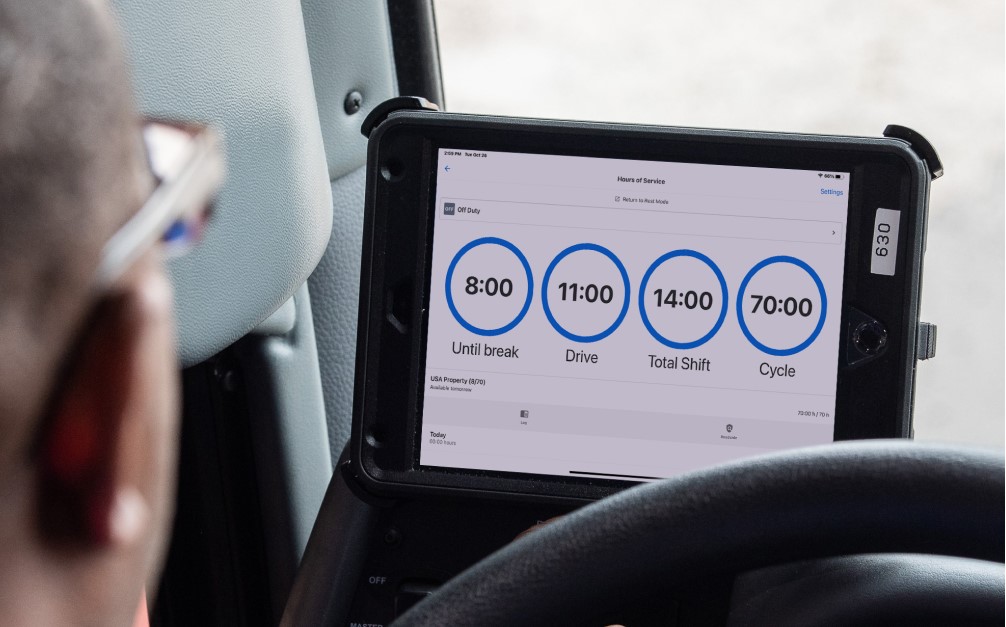Experiencing a low brake pedal in your truck can significantly impact your driving safety and operational efficiency. Even after replacing brake components, you might notice the pedal remains unusually low. This issue often requires checking other components and settings in the braking system. Here’s a detailed guide to help you diagnose and correct the low brake pedal issue.
Common Reasons for a Low Brake Pedal
A low brake pedal might persist for various reasons beyond just brake pad or shoe wear. Key issues to check include:
- Air trapped within the brake lines
- Brake pedal linkage out of adjustment
- Worn or faulty master cylinder
- Faulty brake booster or vacuum leaks
- Leaking or damaged brake lines or hoses
- Incorrectly adjusted drum brakes (if applicable)
Step-by-Step Guide to Adjusting Brake Pedal Height
1. Bleed Your Brake System
Air trapped within the brake lines will significantly decrease pedal firmness and height.
- Locate all bleeder screws at each wheel.
- Starting from the farthest wheel from the master cylinder, systematically bleed each brake line.
- Use fresh brake fluid to push air and old fluid out until clear fluid runs without bubbles.
2. Inspect and Adjust Brake Pedal Linkage
The brake pedal linkage can sometimes shift or loosen, causing the pedal to drop lower than necessary.
- Check your vehicle’s maintenance manual to identify the linkage adjustment points.
- Typically, adjustments are found near the brake pedal assembly beneath the dashboard or at the brake booster.
- Adjust according to manufacturer specifications, ensuring adequate pedal travel and feel.
3. Examine the Master Cylinder
A faulty master cylinder will lead to inefficient brake fluid movement and reduced pedal height.
- Check for external leaks around the master cylinder.
- Monitor fluid levels; if the level frequently drops, consider replacing the cylinder.
- Perform a bench bleed procedure if installing a new master cylinder to ensure proper functionality.
4. Check the Brake Booster
Brake boosters assist pedal pressure. If faulty or leaking, they can cause the pedal to drop.
- Inspect vacuum hoses and connections for leaks or cracks.
- Test the brake booster functionality by applying pressure with the engine off, then starting the engine; the pedal should slightly depress further if operating correctly.
5. Inspect and Replace Brake Lines and Hoses
Damaged or leaking brake lines can cause loss of hydraulic pressure, significantly lowering pedal height.
- Conduct a thorough visual inspection of brake lines and hoses for corrosion, wear, or leaks.
- Replace any damaged or suspect components immediately, then bleed the system again.
6. Properly Adjust Drum Brakes (if applicable)
Incorrectly adjusted drum brakes can cause excessive pedal travel.
- Manually adjust the brake shoes closer to the drum following the truck’s specifications.
- Ensure that drum brakes are regularly checked and adjusted during routine maintenance.
Additional Tips for Safe and Effective Braking
- Regularly check your brake fluid level and condition; change fluid periodically.
- Inspect brakes and components at regular intervals based on manufacturer recommendations.
- Avoid mixing brake fluid types; always use the type recommended by your truck’s manufacturer.
- Consider periodic professional inspections, especially for heavy-duty trucks used in demanding applications.
When to Seek Professional Help
If after following these steps you still encounter problems, or if you’re uncertain about performing these checks and adjustments yourself, consulting a professional mechanic with experience in heavy-duty vehicles is highly recommended. Ensuring brakes operate perfectly is crucial not just for safety but also for your vehicle’s overall performance and longevity.
By carefully diagnosing each possible cause and methodically addressing them, you’ll significantly improve the brake pedal feel, enhance your truck’s safety, and ensure smoother operation in all conditions.









